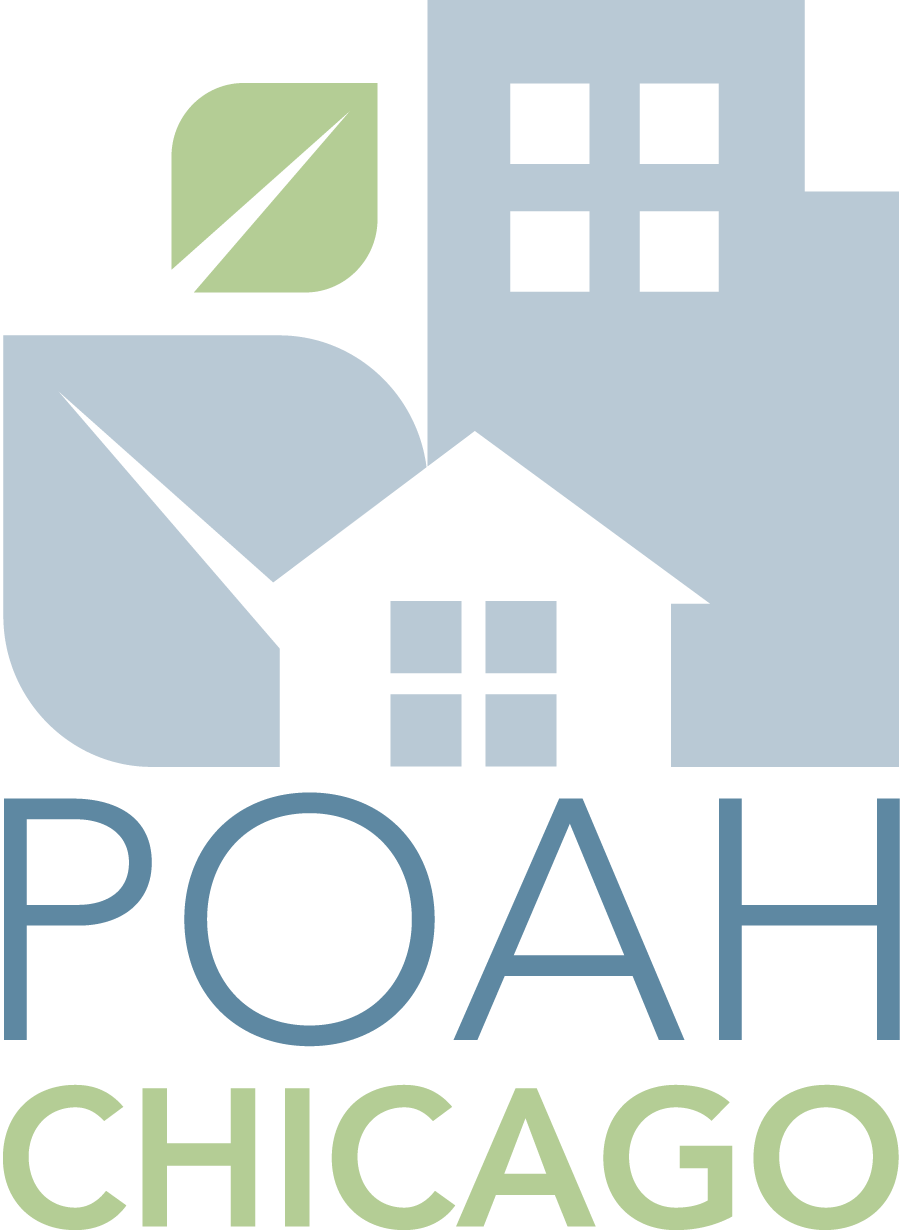A little more than a year ago, the COVID-19 outbreak was declared a global pandemic and government officials across the country ordered residents to shelter in their homes. While there’s been significant progress in the fight against the coronavirus with the development of advanced health treatments and the growing distribution of COVID-19 vaccines, many people are still spending most of their time indoors. However, data from the National Center for Healthy Housing shows that homes are one of the most dangerous places to be. Nearly 40 percent of residences have at least one health or safety hazard, and these issues tend to be costly to repair.
Among affordable housing advocates and health professionals, it’s commonly understood that removing notable health hazards like mold or lead can positively affect a person’s health and well-being, but there are many other ways in which affordable housing can be designed to promote good health.
Continued here

